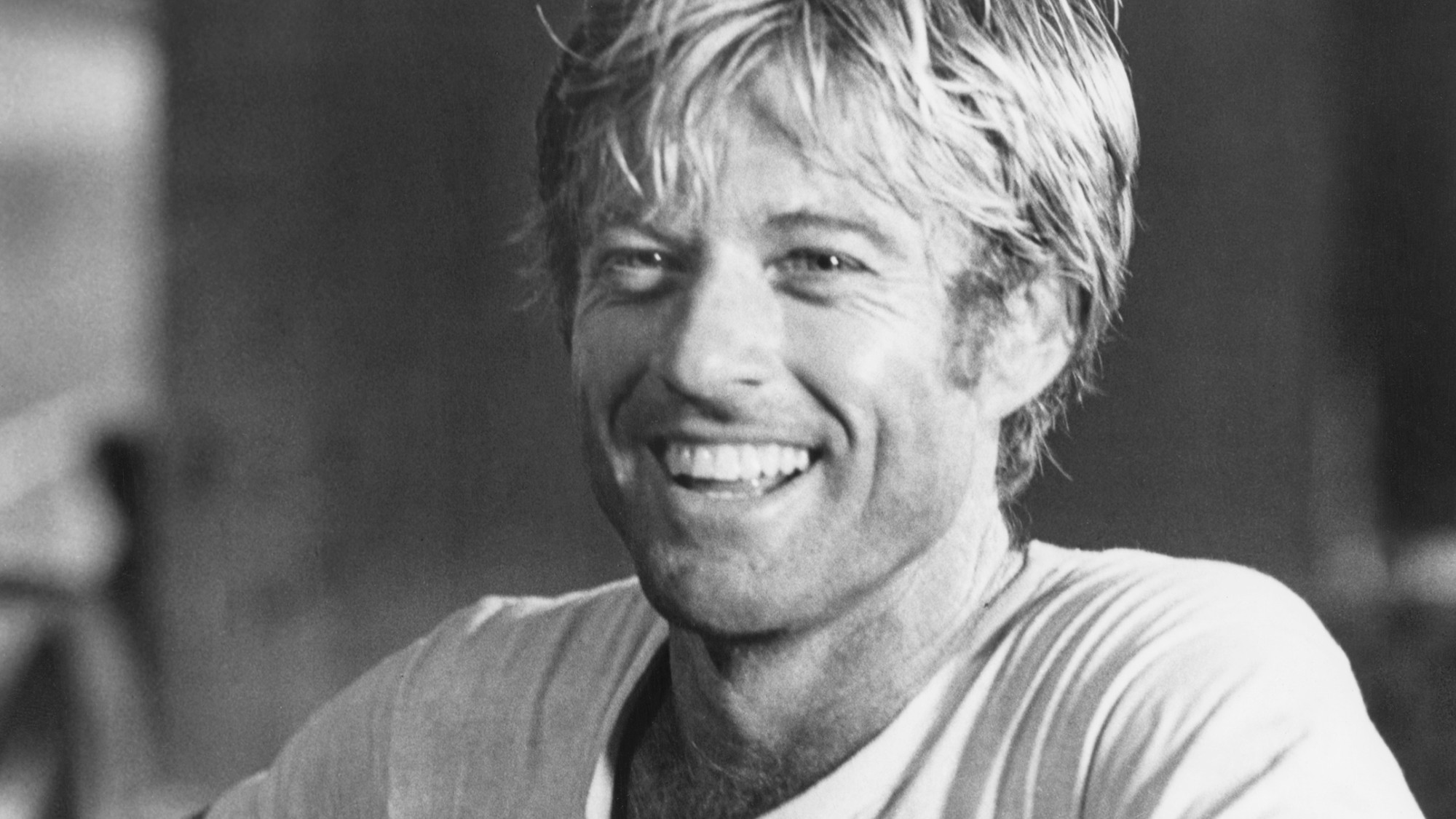Arthur Penn, 1922–2010
The director who started a revolution
For his 1967 film Bonnie and Clyde, a Depression-era outlaw tale, Arthur Penn said he “wanted an ending that was simply not just violent. I wanted one that would, in a certain sense, transport—lift it—into legend.” The film’s final scene, shot by four cameras operating at different speeds, is considered one of the greatest in cinematic history. A hail of bullets cut through the hero and heroine as they writhe, blood-soaked, in what Penn called a “ballet of dying.” Bonnie and Clyde’s graphic violence, framed by the turbulence of the Vietnam War, announced a new era in American film.
Born in Philadelphia, Penn was the son of a watchmaker and a nurse, who divorced when he was 3. He moved with his mother and older brother—Irving Penn, the celebrated photographer—to New York, where the family bounced between homes. At 14, Penn returned to live with his father in Philadelphia, where this “lonely kid” took refuge in the theater, directing shows for a local amateur playhouse, said the Los Angeles Times. He served as an infantryman in Europe during World War II and joined the Soldier Show Company when the war ended. After attending college in North Carolina and Italy, Penn moved to New York and worked as a floor manager for NBC television studios. There, in 1953, an Army buddy offered him a job directing First Person, a series of live teleplays, said The Washington Post. Other assignments followed, including directing William Gibson’s The Miracle Worker, about Helen Keller, which earned rave reviews.
Penn parlayed his television success into work on Broadway, where he directed a stream of hits, including Two for the Seesaw with Henry Fonda and Anne Bancroft. Sensing he was “on a roll,” Penn went to Hollywood, said The New York Times. The Left-Handed Gun, his first film, a Western starring Paul Newman as an “unstable outsider who resorts to violence when rejected by an uncaring establishment,” presaged Penn’s preoccupation with antiheroes. The film flopped, but Penn’s 1962 version of The Miracle Worker was a critical and commercial hit, earning him the first of three Academy Award nominations.
The Week
Escape your echo chamber. Get the facts behind the news, plus analysis from multiple perspectives.

Sign up for The Week's Free Newsletters
From our morning news briefing to a weekly Good News Newsletter, get the best of The Week delivered directly to your inbox.
From our morning news briefing to a weekly Good News Newsletter, get the best of The Week delivered directly to your inbox.
Penn went on to direct memorable films including Alice’s Restaurant, with Arlo Guthrie, and Little Big Man, with Dustin Hoffman. But “none of Penn’s other films had the impact of Bonnie and Clyde,” said the Associated Press. Warren Beatty, who was a producer as well as star of the film, had to convince Penn to direct it, offering him wide creative latitude. The film “appalled the old and fascinated the young, widening a generational divide.”
Marketed with the flippant line: “They’re young … they’re in love … and they kill people,” Bonnie and Clyde helped pave the way for a rebellious generation of Hollywood directors that included Bob Rafelson, Robert Altman, and others eager to emulate the riskier styles and subjects of European films. Penn said he was sorry his father had died without seeing his films, because “movies rescued me.”
A free daily email with the biggest news stories of the day – and the best features from TheWeek.com
-
 Why is Trump’s alleged strike on Venezuela shrouded in so much secrecy?
Why is Trump’s alleged strike on Venezuela shrouded in so much secrecy?TODAY'S BIG QUESTION Trump’s comments have raised more questions than answers about what his administration is doing in the Southern Hemisphere
-
 Vance’s ‘next move will reveal whether the conservative movement can move past Trump’
Vance’s ‘next move will reveal whether the conservative movement can move past Trump’Instant Opinion Opinion, comment and editorials of the day
-
 Why recognizing Somaliland is so risky for Israel
Why recognizing Somaliland is so risky for IsraelTHE EXPLAINER By wading into one of North Africa’s most fraught political schisms, the Netanyahu government risks further international isolation
-
 Joanna Trollope: novelist who had a No. 1 bestseller with The Rector’s Wife
Joanna Trollope: novelist who had a No. 1 bestseller with The Rector’s WifeIn the Spotlight Trollope found fame with intelligent novels about the dramas and dilemmas of modern women
-
 Frank Gehry: the architect who made buildings flow like water
Frank Gehry: the architect who made buildings flow like waterFeature The revered building master died at the age of 96
-
 R&B singer D’Angelo
R&B singer D’AngeloFeature A reclusive visionary who transformed the genre
-
 Kiss guitarist Ace Frehley
Kiss guitarist Ace FrehleyFeature The rocker who shot fireworks from his guitar
-
 Robert Redford: the Hollywood icon who founded the Sundance Film Festival
Robert Redford: the Hollywood icon who founded the Sundance Film FestivalFeature Redford’s most lasting influence may have been as the man who ‘invigorated American independent cinema’ through Sundance
-
 Patrick Hemingway: The Hemingway son who tended to his father’s legacy
Patrick Hemingway: The Hemingway son who tended to his father’s legacyFeature He was comfortable in the shadow of his famous father, Ernest Hemingway
-
 Giorgio Armani obituary: designer revolutionised the business of fashion
Giorgio Armani obituary: designer revolutionised the business of fashionIn the Spotlight ‘King Giorgio’ came from humble beginnings to become a titan of the fashion industry and redefine 20th-century clothing
-
 Ozzy Osbourne obituary: heavy metal wildman and lovable reality TV dad
Ozzy Osbourne obituary: heavy metal wildman and lovable reality TV dadIn the Spotlight For Osbourne, metal was 'not the music of hell but rather the music of Earth, not a fantasy but a survival guide'